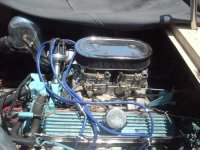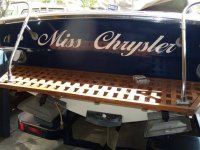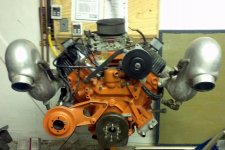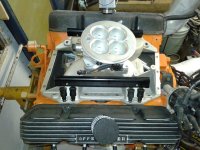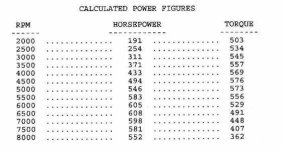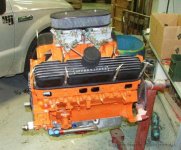TonyJ1961
Contributing Member
I am looking for an intermediate gear for my M440B right hand rotation engine. Apparently, MOPAR no longer supports this type of gear. It's a left hand cut gear and, of course, is the opposite of what is used in the automotive world.
If I can't find anything, I will probably have a few gears made using my original for a pattern.
Anyone know where any can be found?
If I can't find anything, I will probably have a few gears made using my original for a pattern.
Anyone know where any can be found?



